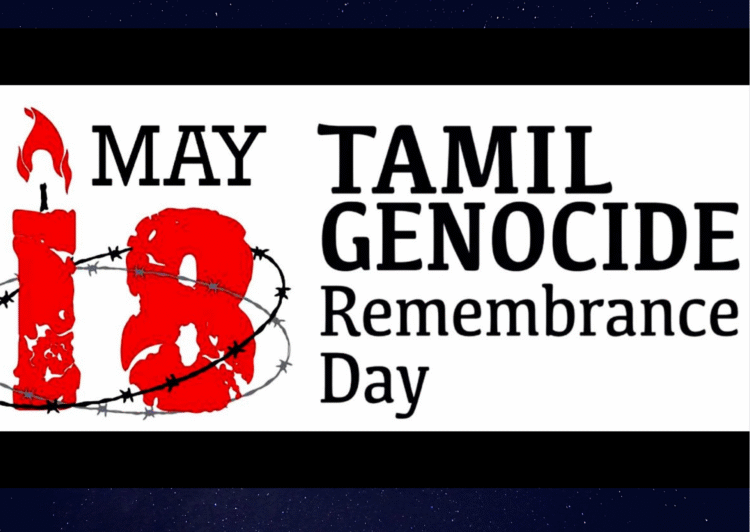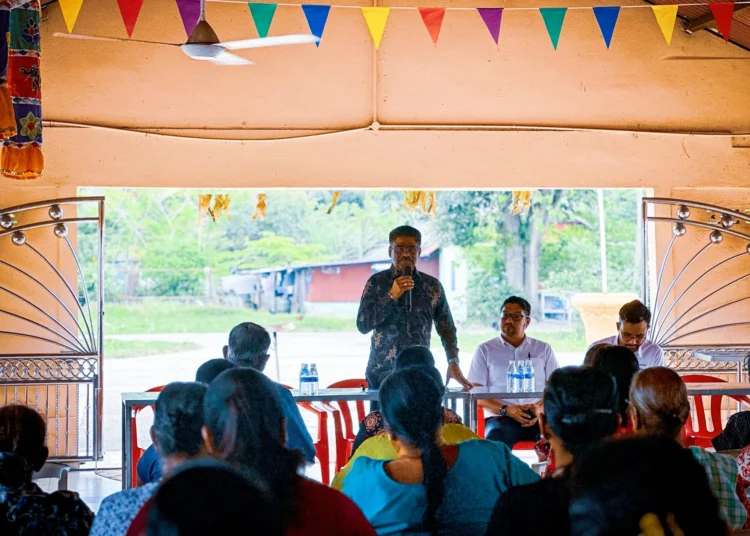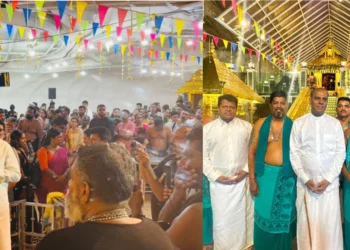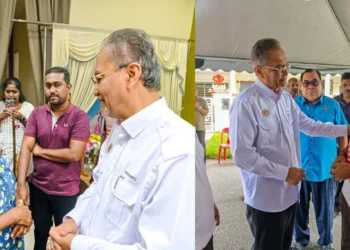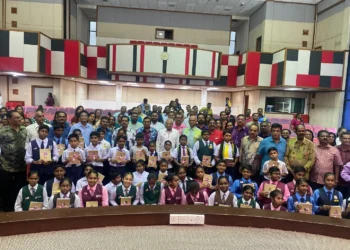Remembrance serves as a way to honour those who sacrificed their lives especially during wars, but do all those who fought get the recognition they deserve?
Thirteen years ago, on this day –18 May 2009, the three-decade-long war for Tamil Eelam ended with the massacre of the fighting forces of Eelam Tamils and innocent Tamil civilians at Mullivaikkal, a small village in the northeast coast of Sri Lanka resulting in the killing of Velupillai Prabhakaran, leader of the rebel Tamil Tigers- where it became the theatre of war in the final stages of the Sri Lanka-Eelam battle.
The civil war which was filled with bloodshed and weapons may have ended but the battle for human rights and justice for genocide continues to this very day. Human rights and political activists have been crying hoarse since that day, observing it as Tamil Genocide Day.
According to the United Nations, the atrocities are well-documented, and the military’s intentional shelling of government-designated in a documentary aptly titled “No Fire Zones” (NFZs)The Killing Field Off Sri Lanka.
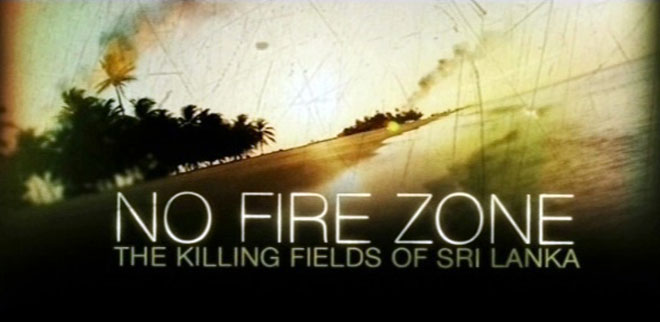
Touted to be war crimes genre, the documentary tells the story of the last 138 days of the Sri Lankan civil war. Those terrifying footages will definitely leave you in tears. This civil war alone was primarily responsible for killing 70,000–140,000 Tamil civilians, maiming another 25,000–30,000, and displacing at least 300,000.
Most of the Tamil identities, values, artifacts, monuments and Tamil heroes’ cemeteries were destroyed by genocidal Sri Lanka in the past decade. The Tamil diaspora has a duty to preserve the memories”
— Tamil Genocide Memoria
The death toll in Sri Lanka was “unacceptably high”, as an unsubstantiated report stated nearly 20,000 people had been killed in the final days of fighting between government soldiers and Tamil Tiger rebels. But, to date there’s no official report nor precise number of people who were killed in the final throes of the civil war as daily reports from doctors working at the scene were regularly disputed by the Sri Lankan government.
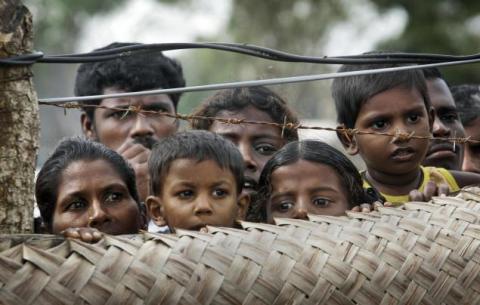
Let’s take a look at the history behind the Mullivaikkal massacre!
The Sri Lankan civil war, which began in early 1983, was a consequence of the historic animosity between the majority Sinhalese, who follow Buddhism and minority Tamils, who largely follow Hinduism.
Following independence in 1948, the Sinhalese dominated government positions and implemented policies that benefited Sinhalese and marginalised Tamils. The government saw this as a way to compensate Sinhalese for their hardships during colonial rule. From 1956, reports of sectarian violence began to come in, and the Tamil community began to radicalise. Though several Tamil parties joined in the democratic debate by the mid-1970s, other organisations in the country’s north-eastern regions began agitating for a distinct nation state, named “Tamil Eelam.”
The Tamil New Tigers, which was formed in 1972 and became the Liberation Tigers of Tamil Eelam (LTTE) in 1976, was the main group that was fighting for Tamil rights. It had been declared a terrorist outfit by the Sri Lankan government.
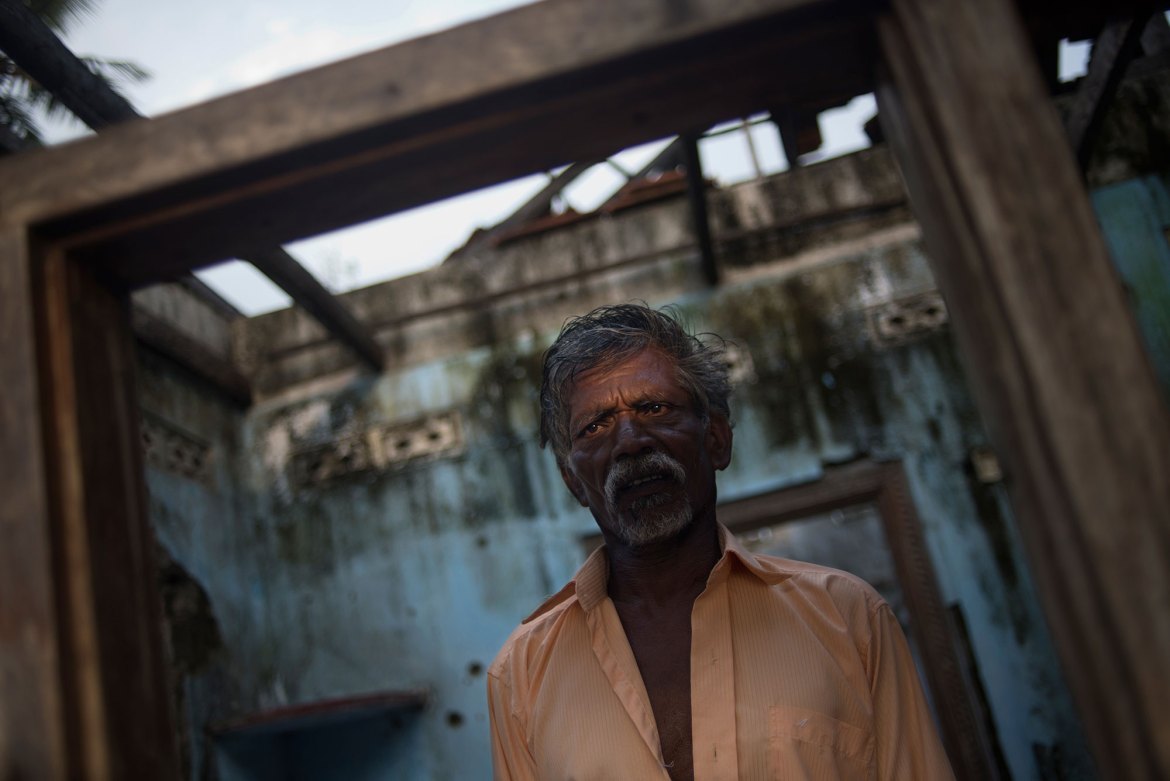
The aftermath of decades of strife and brutal violence has severely impacted the economy in the war-affected north and east, stifling the community that struggles to put their past behind. Families were moved multiple times during the war, thousands inexplicably disappeared, and several were severely wounded.
Despite the efforts of human rights organisations over the last decade, the international team has done nothing to bring justice to those who have been killed, bereaved, maimed, or displaced.
One thing is for sure; the armed struggle for Eelam homeland may have ended eleven years ago, but if the wounds caused by the Sri Lankan Civil War and its accompanying ethnic divisions heal, the country will remain haunted by much larger structural issues in its history and government.
Follow us on Instagram, Facebook or Telegram for more updates and breaking news.


